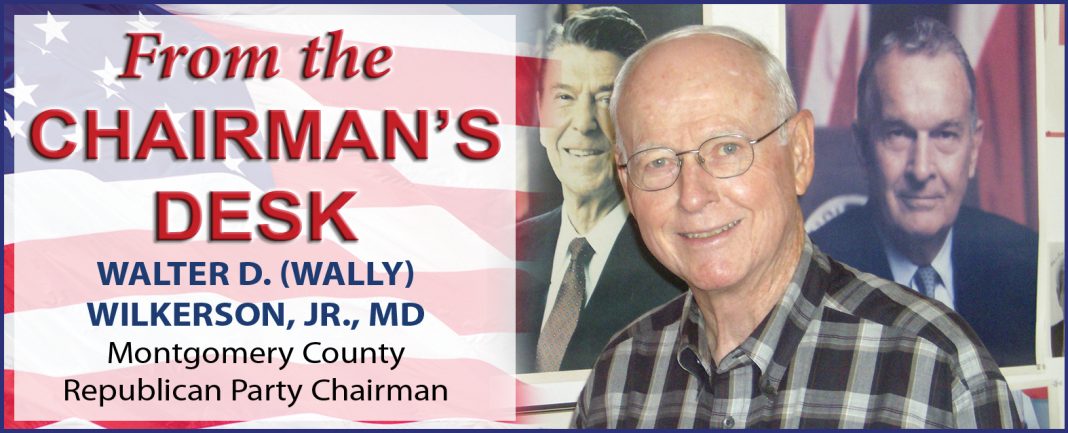The Hillsdale College publication, Imprimis, featured a November 2020 article by Christopher Flannery, a senior fellow at the Claremont Institute, entitled “Mystic Chords of Memory: Learning from the American Story”. Flannery wrote: “A story may be tragic or hilarious, but if it is a true American story, it will be impossible to hear it without awakening the better angels of our nature.” The issue included a story of three Americans, two with whom we are all very familiar. The third story involved a little known American Indian.
Ely Parker entered this world in 1828, son of the Seneca tribe of the Iroquois Confederacy parents in western New York. He became a leader at a young age and trained as a civil engineer and earned an admired reputation in that field. In 1857 at age 29 he began working for the Treasury Department. He became a friend with a man named Ulysses S. Grant, a former U. S. Army officer who was working as a clerk in his father’s business. Parker and Grant became strong friends after a barroom brawl in which “the two of them back to back” fought “their way out against practically all the other patrons.” At about five feet eight inches and 200 pounds, the robust Parker referred to himself as a “Savage Jack Falstaff”.
During the Civil War, Parker attempted to join the Army as an engineer but was rejected and told the war was “an affair between white men” who will settle their “troubles among (themselves) without any Indian aid.” Grant endorsed Parker’s request and he finally received a commission with the rank of Captain. He was transferred to Grant’s staff as a Secretary and became known as the “Indian” at the headquarters. It was reported that Parker may have prevented Grant from capture or death during the 1864 Wilderness Campaign. But Parker is most remembered for something “that happened in the parlor of a private residence in the village of Appomattox Court House on April 9, 1865”. After the capture of the Confederate city of Petersburg and the Confederate capitol of Richmond, Grant summoned Robert E. Lee to meet about a possible surrender.
General Robert E. Lee met with General Grant in the village of Appomattox Court House on April 9, 1865 to discuss the terms of surrender. Grant appeared in an old suit with “dirty boots” and without any distinguishing marks of rank while Lee wore full military dress. They discussed the terms of surrender which included parole of Confederate troops and disqualification from taking up arms again along with other minor revisions. Lee accepted. The terms were “put to ink”. Grant asked Ely Parker to print the document. Lee apparently recognized that Parker was
an American Indian and he said: “I am glad to see one real American here”. Parker shook Lee’s hand and replied: “We are all Americans.”
Flannery wrote: “The American story, still young, is already the greatest story ever written by human hands and minds. It is a story of freedom the likes of which the world has never seen. It is endlessly interesting and instructive and will continue unfolding in word and deed as long as there are Americans.”















